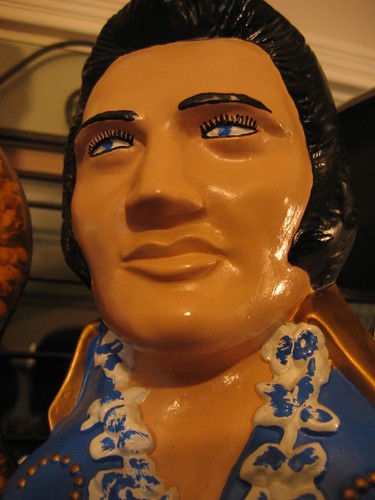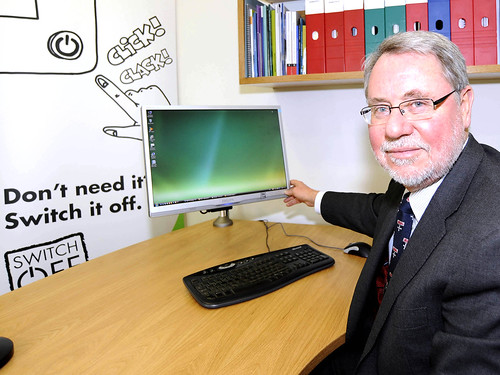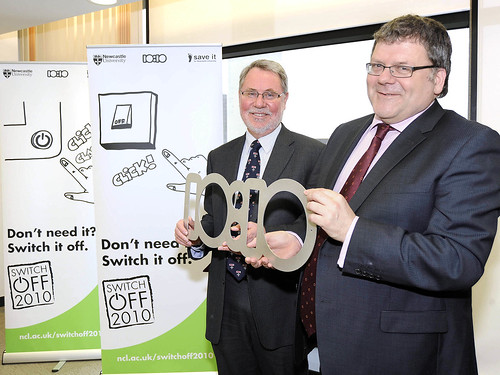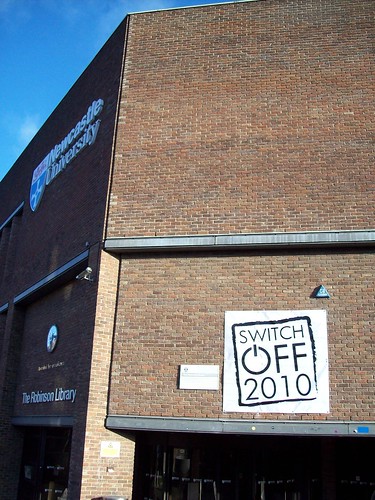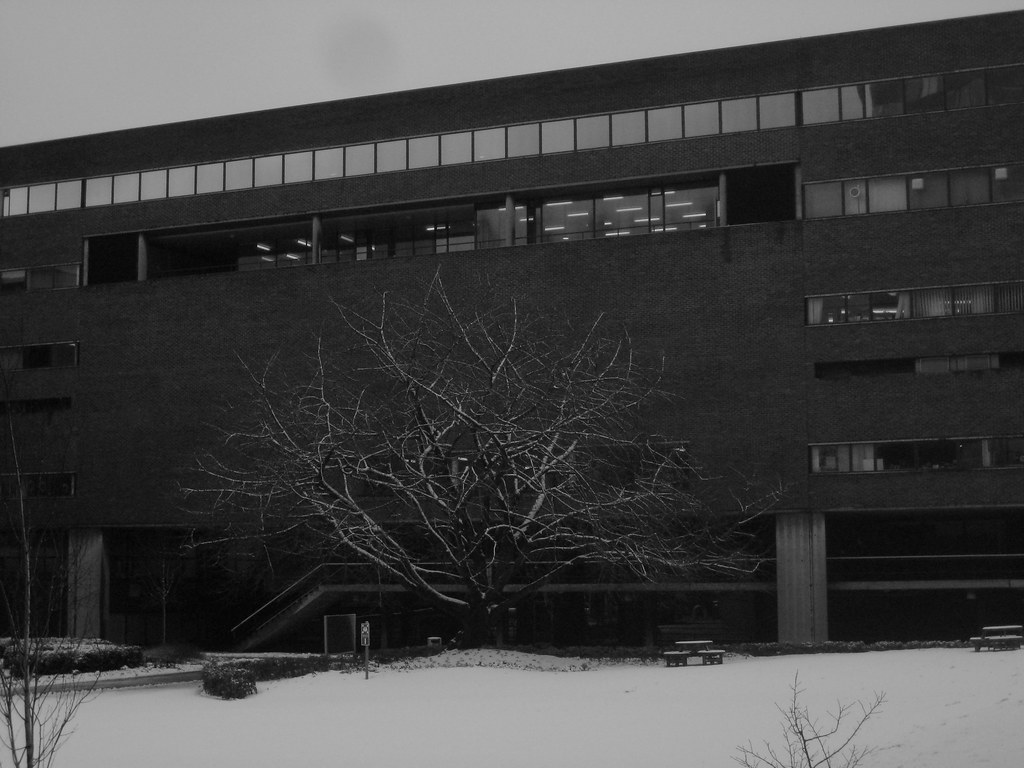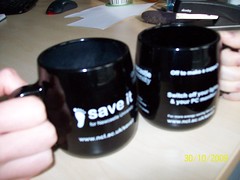I am always amazed at the popularity, amounts and types of items that are advertised on the furniture reuse mail base.
The furniture mailbase has been running for about 18 months and it seems like it is a really useful service for those seeking furniture.
Everyone always says how useful it is and this is great…but, we do have a problem for those seeking furniture!
As soon as somebody posts an item, it seems like it is snapped up almost straight away!
For example: Martin in the Cassie building posted “Two banks of six lockers with own padlock” at 15.12 yesterday.
Then at 15.18 he then posted “Two banks of six lockers with own padlock. TAKEN by phone bid!”
This led to Tim Robson to comment “Crikey that was quick, who wanted them? Usain Bolt?!”
(If you do not know who Usain Bolt is check you tube here)
This actually happens with a lot of items, and most people know what it feels like to get gazumped on the furniture list (including me- which feels a little bit weird! !).
Even items you think that no body would ever want, get claimed- such as old china and even desk tidies!
With any items that are not “TAKEN” within 12 hrs I send a message out to 40 local charities.
This is a great service for charities and means that charities can spend what little money they have on helping others rather than on boring things like operators chairs and filing cabinets!
These operators chairs all went to a local charity saving them about 2K
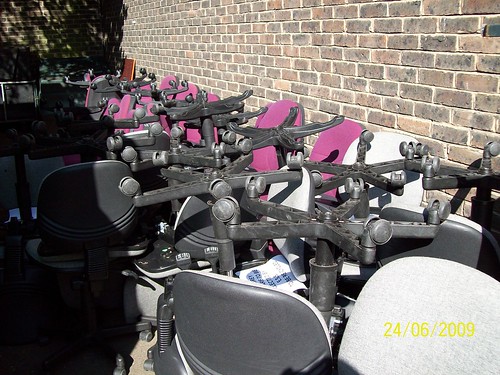
In the past year charities have received all manner of goods. Your usual fare like operators chairs and desks but some unusual items like massive works of art and even a safe! Lever Arch files and stationery are also really popular.
Two large student works of art now hang in a charities foyer and another charities dinner hall.
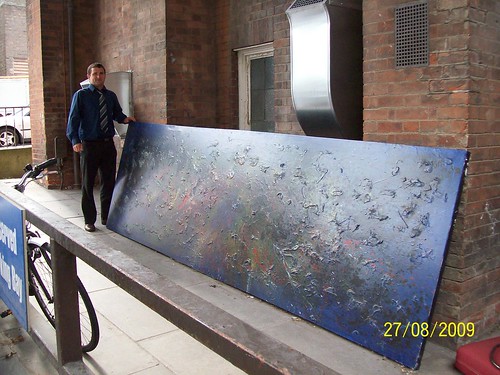
Please let me know, if you know of a charity who would benefit from our office furniture.
Nothing much slips through the reuse net, but items that do end up at our central recycling area where they are broken up into timber and scrap metal for recycling.
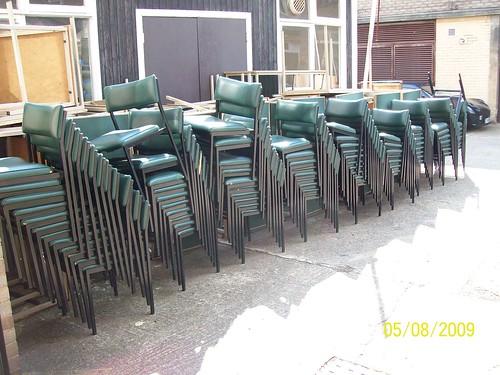
It is challenging to find a home for old chairs lke this, so we split them up for their scrap metal and timber.

Sometimes porters are still called to departments where staff have not used the furniture mail base…for example 20 of these were sent for disposal last week- and they looked as if they had never been used.

So some people are still not using the system. If you get a chance please spread the word in the admin and building management corridors!
I will try to make using the furniture reuse mailbase easier in the coming months as I think it is still a little clunky, especially for new members. If anyone has any bright ideas let me know.
if you are not member of the list please send an email to sympa@newcastle.ac.uk and copy and paste the following into subject line: SUBSCRIBE furniturereuse YOUR NAME.
See details here: http://www.ncl.ac.uk/estates/services/waste/disposal/Furniture.htm
Thank you all for making this system useful for the institution and local charities.
Daniel
Waste Manager
222 3963
